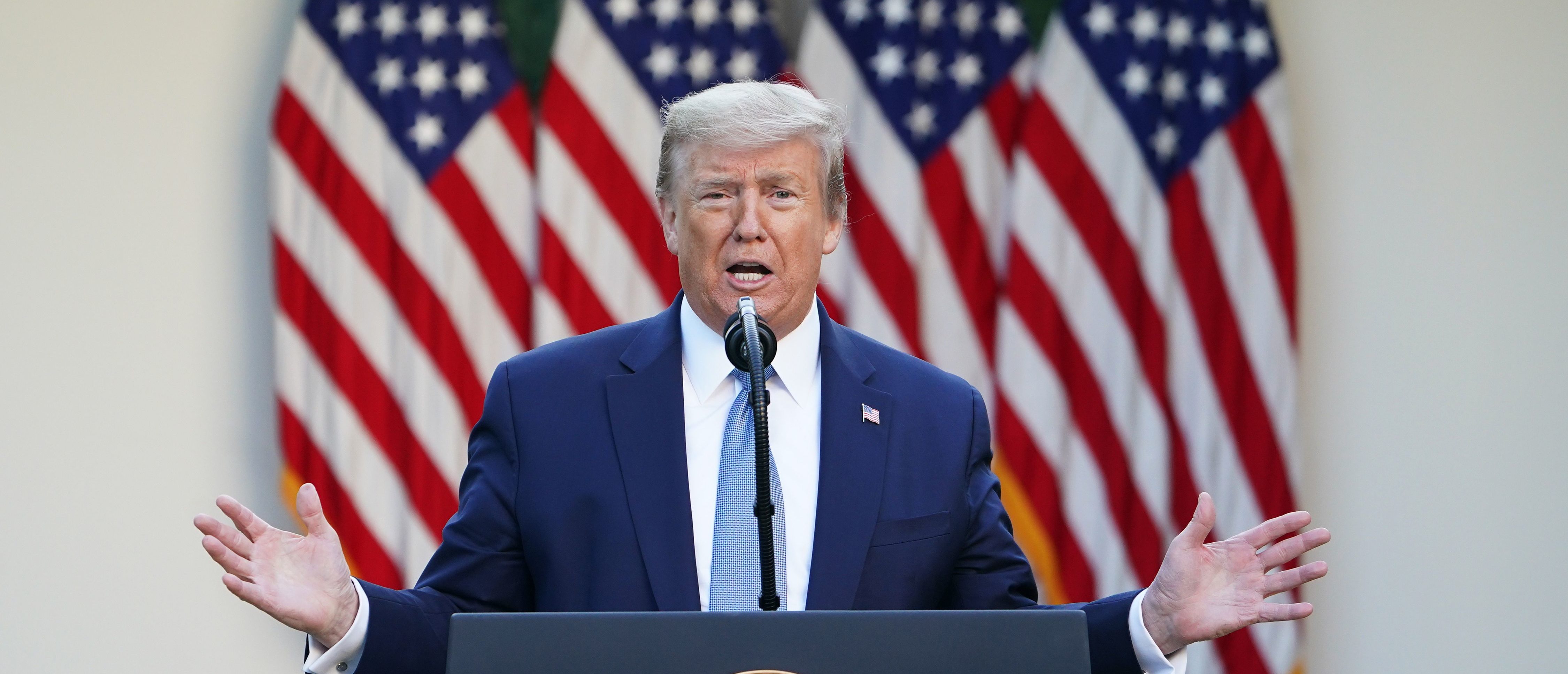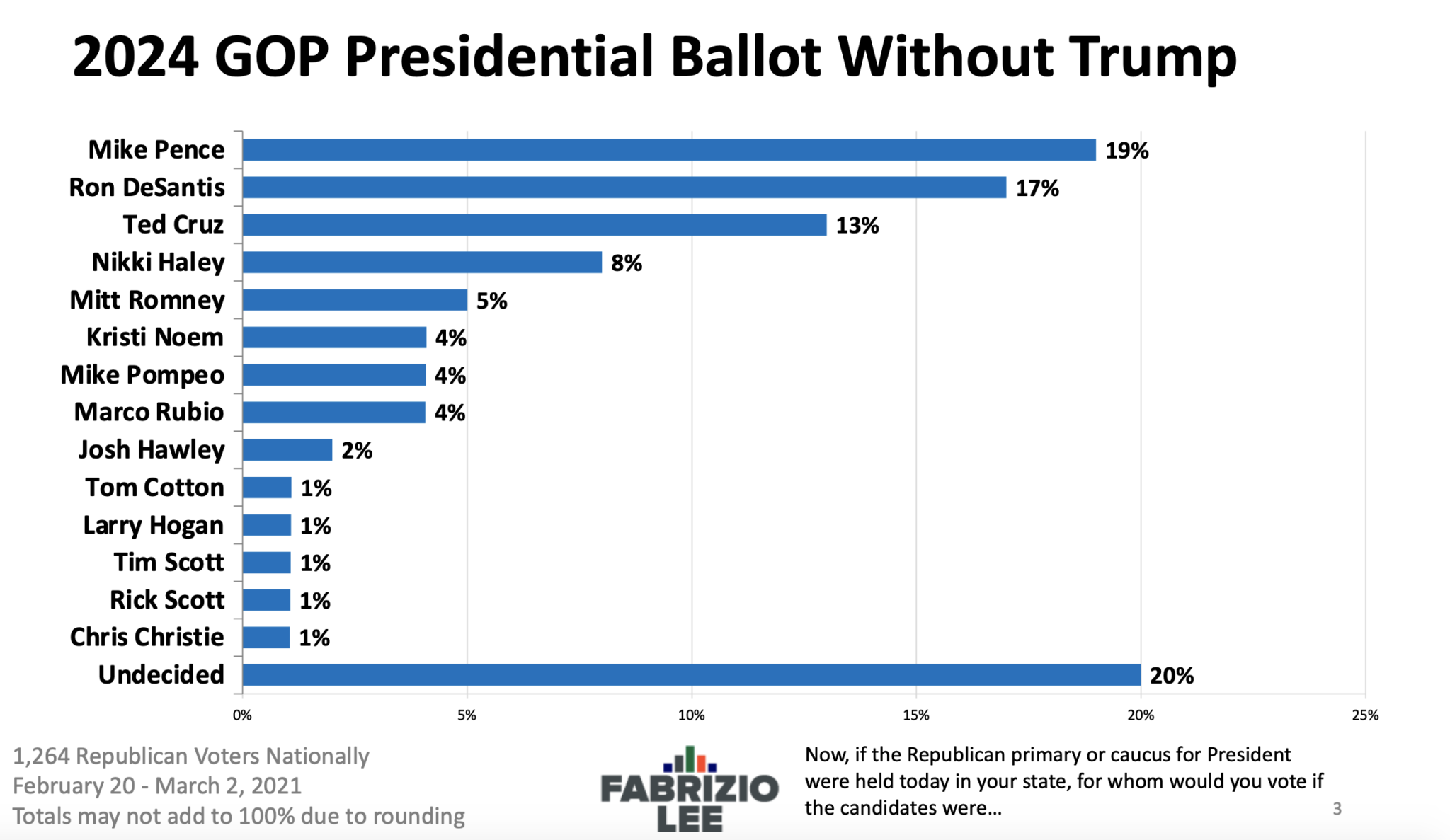Rasmussen Presidential Poll

The Rasmussen Reports presidential poll is a well-known and influential survey that gauges public opinion on the upcoming presidential election. It is conducted by Rasmussen Reports, a well-established polling organization that has been tracking public opinion on a variety of issues for over two decades.
History and Purpose
Rasmussen Reports has been conducting presidential polls since the early 2000s, providing valuable insights into the political landscape and the preferences of American voters. The primary purpose of these polls is to measure the popularity and support for various presidential candidates. The data collected helps to inform the public, political strategists, and the media about the current state of the race and potential shifts in voter sentiment.
Methodology
Rasmussen Reports utilizes a methodology that combines live telephone interviews with a sample of likely voters. The process involves contacting individuals by phone, using both landlines and cell phones. To ensure a representative sample, Rasmussen Reports uses a random sampling technique that selects respondents based on demographics such as age, gender, and location. This approach aims to minimize bias and provide a more accurate reflection of the overall electorate.
Factors Influencing Accuracy and Reliability
The accuracy and reliability of any poll depend on various factors, and the Rasmussen Reports presidential poll is no exception. Several key elements influence the quality of the data collected, including:
- Sample Size: The size of the sample is crucial for statistical significance. A larger sample size generally leads to more accurate results, as it reduces the margin of error. Rasmussen Reports typically polls a significant number of respondents, aiming to ensure a representative sample of the electorate.
- Sampling Technique: The method used to select respondents can impact the accuracy of the poll. Rasmussen Reports employs random sampling, which aims to minimize bias by selecting individuals randomly from the target population. This technique helps to ensure that the sample is representative of the overall electorate.
- Question Wording: The wording of poll questions can influence the responses provided by respondents. Rasmussen Reports strives to use neutral and unbiased language in their questions, minimizing the potential for bias or leading respondents to a particular answer.
- Response Rates: The percentage of individuals who respond to a poll can affect the accuracy of the results. Low response rates can introduce bias, as those who choose to participate may not be representative of the overall population. Rasmussen Reports takes measures to maximize response rates by using techniques such as multiple attempts to contact respondents.
- Timing: The timing of a poll can also influence the results. Polls conducted closer to an election may be more accurate, as they reflect more recent voter sentiment. However, polls conducted too early in the campaign may not accurately predict the outcome, as voters may change their minds as the election draws closer.
Analyzing Rasmussen Presidential Poll Data

Rasmussen Reports is a well-known polling organization that conducts regular surveys on a variety of topics, including presidential elections. The organization’s polls are known for their focus on likely voters and their use of a unique methodology. Rasmussen presidential polls provide valuable insights into the dynamics of the presidential race.
Trends and Patterns in Recent Rasmussen Presidential Polls
Recent Rasmussen presidential polls have revealed several key trends and patterns. These trends can offer a glimpse into the evolving dynamics of the election.
- One notable trend is the fluctuating levels of approval for the incumbent president. These fluctuations often correlate with major events or developments in the political landscape.
- Another key trend is the shifting preferences among potential voters. Rasmussen polls often show shifts in voter sentiment, particularly in response to current events or campaign strategies.
- Rasmussen polls also highlight the importance of demographics in the presidential race. They often reveal how different demographic groups view the candidates and their policies.
Comparison with Other Presidential Polls
Rasmussen polls often exhibit differences from other prominent presidential polls. These differences can be attributed to various factors, including methodology, sample size, and the specific questions asked.
- For instance, Rasmussen polls are known for their emphasis on likely voters, which can lead to different results compared to polls that include all registered voters.
- Additionally, Rasmussen polls often utilize a unique methodology that may produce different results compared to other polling methods.
- The specific questions asked in Rasmussen polls can also influence the results, as different polling organizations may ask different questions or phrase them in different ways.
Potential Implications of Rasmussen Poll Findings
The findings of Rasmussen presidential polls can have significant implications for the upcoming election. These polls can influence campaign strategies, media coverage, and voter behavior.
- For example, if a Rasmussen poll shows a candidate trailing in the polls, their campaign may adjust their strategy to address the concerns of voters.
- The media may also pay more attention to a candidate who is performing poorly in the polls, which can further impact their campaign.
- Finally, voters may be influenced by the results of Rasmussen polls, particularly if they perceive the polls as accurate and reliable.
Impact and Influence of Rasmussen Presidential Polls

Rasmussen Reports, a well-known polling organization, has established a reputation for its presidential polls. These polls have garnered significant attention, sparking discussions about their potential impact on public opinion and voter behavior. While Rasmussen polls are not the sole determinant of election outcomes, they have undoubtedly played a role in shaping the political landscape.
Influence on Public Opinion and Voter Behavior
Rasmussen presidential polls can influence public opinion and voter behavior in several ways. Firstly, the polls provide a snapshot of public sentiment, offering insights into the popularity of candidates and their positions on key issues. This information can shape the narratives surrounding the election, influencing how voters perceive the candidates and their campaigns. Secondly, the polls can create a “bandwagon effect,” where voters are more likely to support a candidate who appears to be gaining momentum. Conversely, a decline in a candidate’s poll numbers can lead to a loss of support.
Role of Media Coverage
The media plays a crucial role in shaping the perception of Rasmussen poll results. Media outlets often highlight poll findings, particularly those that suggest shifts in the race or reveal surprising trends. This coverage can amplify the influence of the polls, shaping public discourse and potentially influencing voter behavior.
Key Findings and Potential Impact
The following table summarizes key findings from recent Rasmussen presidential polls and their potential impact on the election:
| Poll Date | Candidate A | Candidate B | Potential Impact |
|---|---|---|---|
| October 20, 2023 | 48% | 42% | Candidate A maintains a lead, suggesting a potential path to victory. |
| November 10, 2023 | 45% | 47% | The race tightens, highlighting the potential for a close election. |
| December 1, 2023 | 49% | 41% | Candidate A regains a slight lead, suggesting a possible momentum shift. |
The Rasmussen Presidential Poll provides valuable insights into public opinion on various issues, including the performance of elected officials. The poll’s data can be used to assess the popularity of a particular mayor, such as Mayor Tiffany Henyard , and how their performance might impact voter sentiment in upcoming elections.
Analyzing this data can help predict the outcome of future polls, including those related to the presidential race.
The Rasmussen Reports presidential poll provides insights into public opinion regarding the candidates, often influencing the trajectory of the campaign. As the election cycle progresses, questions arise about the format and moderators of the upcoming debates, which can significantly impact the public’s perception of the candidates’ performance.
Determining who will moderate the next presidential debate is a crucial decision, as the moderator’s role in shaping the discourse can influence the poll results and the overall narrative surrounding the election.
